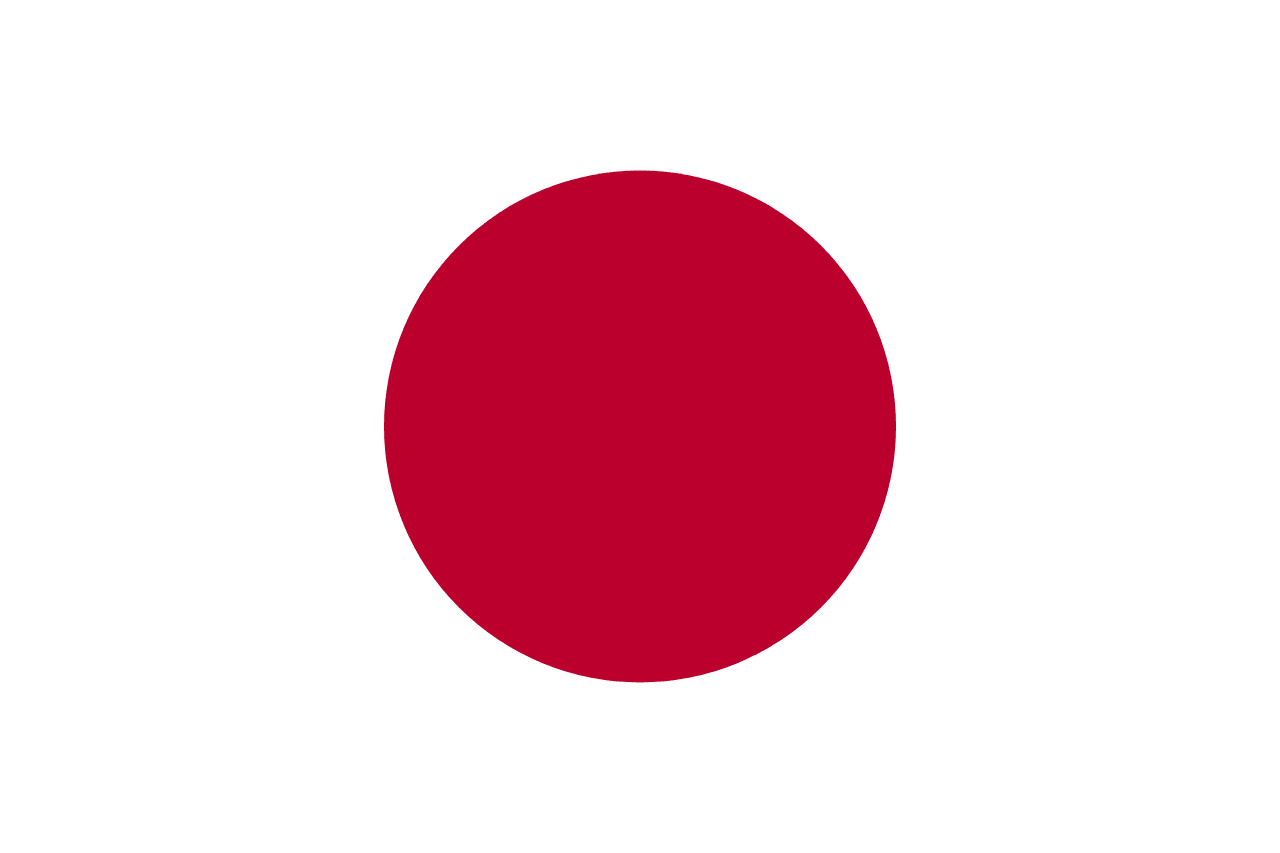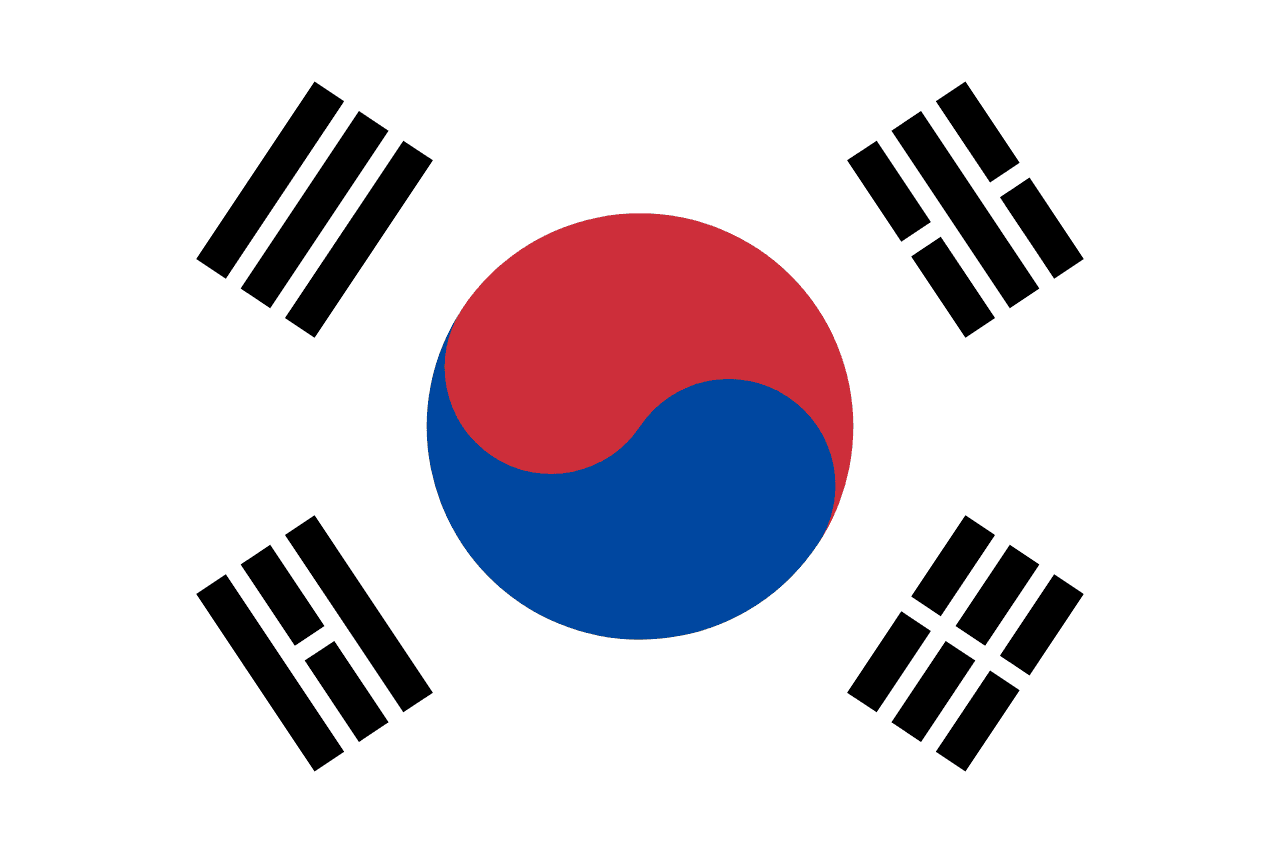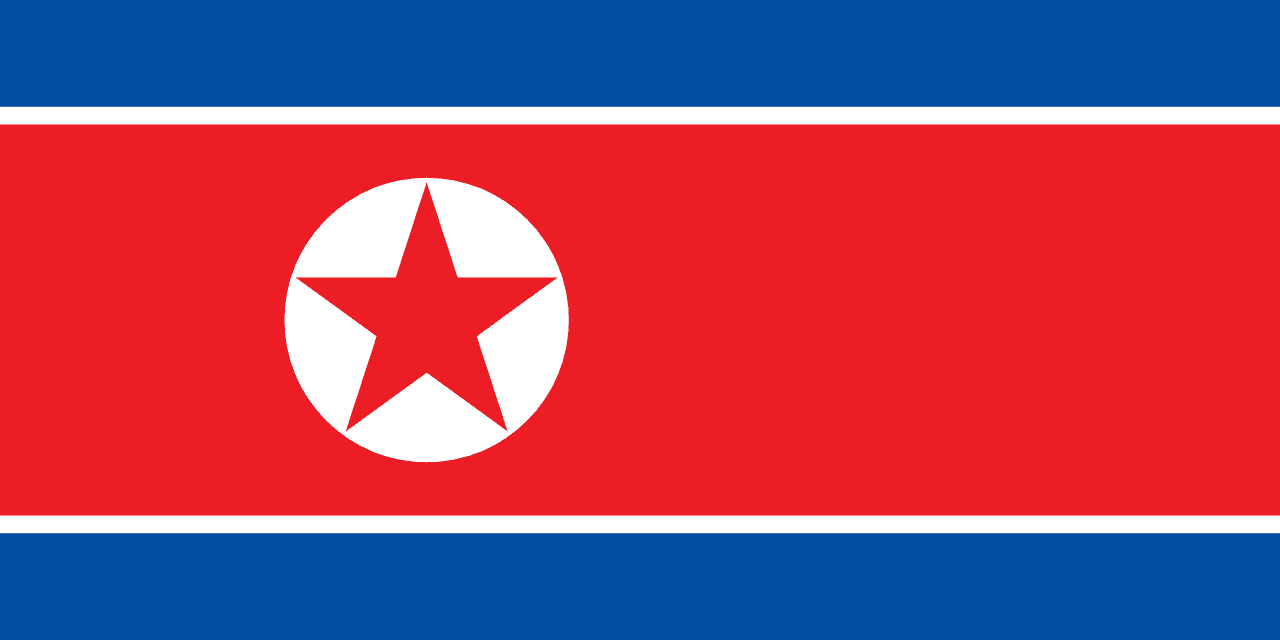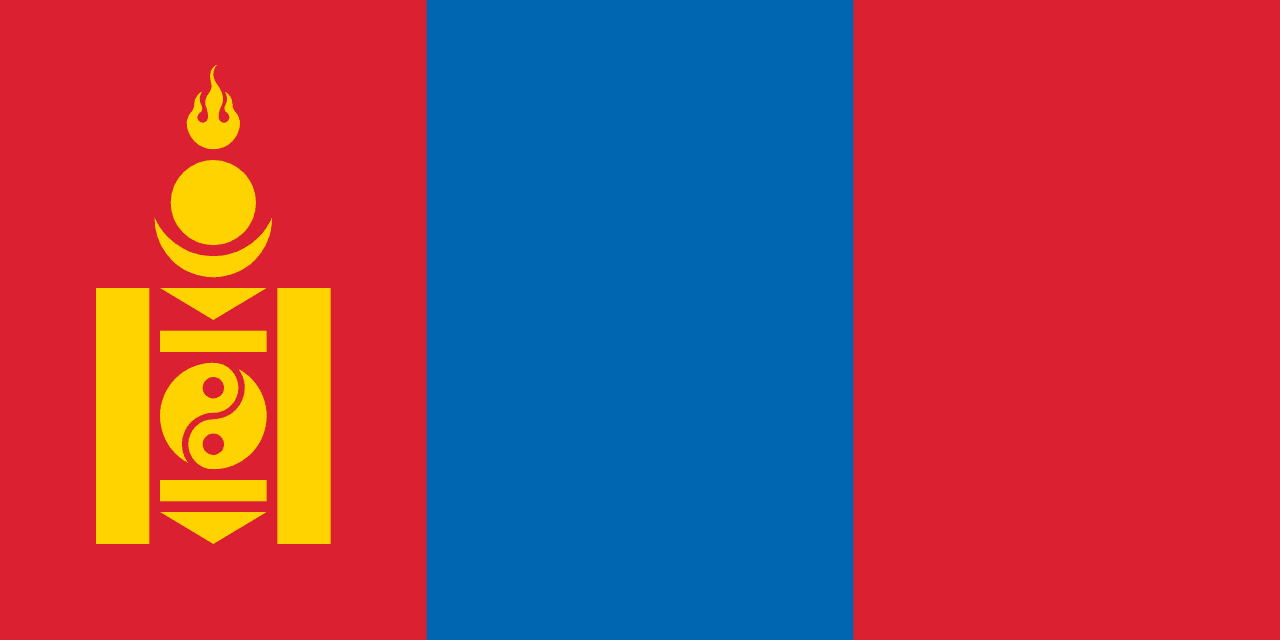Japan Flag Meaning
Hinomaru - the rising sun disc on white field, one of the world's oldest flag designs representing Japan as the 'Land of the Rising Sun'.
- Continent
- Asia
- Adopted
- 1999
- Ratio
- 2:3
- Colors
- white, red

Symbolism
Red Sun Disc (Hinomaru): Represents the sun goddess Amaterasu, central to Shinto beliefs and Japanese imperial mythology, symbolizing Japan as the 'Land of the Rising Sun' (Nihon/Nippon).
White Field: Symbolizes purity, honesty, and integrity in Japanese culture, representing the peaceful intentions and noble character of the Japanese people.
Central Positioning: The sun disc's placement in the center represents Japan's view of itself as the central nation of the world, reflecting historical cultural and political perspectives.
Rising Sun Concept: Embodies Japan's eastern position where the sun rises first each day, representing new beginnings, hope, and the eternal cycle of renewal.
Imperial Connection: The sun symbolizes the divine ancestry of the Japanese Emperor, believed to be descended from Amaterasu, connecting the flag to Japan's imperial institution.
History
- 7th-8th Century: Sun symbols appeared in early Japanese art and religious artifacts, reflecting the central role of sun worship in Shinto beliefs and imperial mythology.
- 12th-16th Century: Samurai clans used sun disc motifs on war fans (gunsen) and banners during the medieval period, establishing the symbol's association with Japanese military tradition.
- 1603-1867: During the Edo period, sun symbols appeared on various official documents and merchant flags, though Japan remained largely isolated from the outside world.
- January 27, 1870: The Meiji government officially designated the Hinomaru as the merchant flag, marking the first formal adoption during Japan's opening to the world.
- 1889: The Meiji Constitution referenced the flag's importance, though it wasn't officially designated as the national flag until over a century later.
- 1945-1999: Post-WWII Japan used the Hinomaru as a de facto national flag while debating its official status amid concerns about wartime associations.
- August 13, 1999: The Law Regarding the National Flag and National Anthem formally established the Hinomaru as Japan's official national flag, ending decades of unofficial status.
Trivia
- Japan's flag is one of the oldest flag designs in continuous use, with the basic sun disc motif appearing in Japanese culture for over 1,000 years.
- The flag is called 'Hinomaru' (日の丸) meaning 'circle of the sun,' while Japan itself means 'origin of the sun' (Nihon/Nippon 日本).
- During World War II, a variant called the 'Rising Sun Flag' (Kyokujitsuki) with radiating rays was used by the military and is still used by Japan's Self-Defense Forces today.
- The exact specifications were only legally defined in 1999: the red disc should be positioned slightly toward the hoist side, not perfectly centered.
- Traditional Japanese aesthetics influenced the flag's simple design - the concept of 'ma' (negative space) makes the white field as important as the red disc.
- The flag was controversial after WWII due to its wartime associations, leading to decades of debate before official adoption in 1999.
- Japanese school ceremonies traditionally involve raising the Hinomaru while singing the national anthem 'Kimigayo,' though this remains somewhat controversial.
- The red color represents not just the sun but also the Japanese concept of 'yamato-damashii' (Japanese spirit) and national determination.
- During the 2011 tsunami, images of the flag standing amid destruction became symbols of Japanese resilience and recovery.
- The flag appears on Japanese passports, government buildings, and is displayed at international events, symbolizing Japan's peaceful post-war identity.
- Traditional Japanese houses often display the flag on national holidays like Constitution Day (May 3) and Culture Day (November 3).
- The simple design has influenced minimalist aesthetics worldwide and appears in various forms of Japanese pop culture and design.
- Unlike many national flags, the Hinomaru has no official variants - the same design is used for all purposes, reflecting Japanese values of consistency and respect.
- The flag flies at half-mast on specific memorial days, including August 15 (end of WWII) and March 11 (tsunami anniversary), honoring those who died.
Related Countries

South Korea
Asia
A white field with a red and blue taegeuk (yin-yang symbol) in the center surrounded by four black trigrams from the I Ching, representing the harmony of opposites, the balance of natural forces, and the philosophical foundations of Korean civilization dating back thousands of years.

North Korea
Asia
A red central stripe bordered by narrow white and broad blue stripes, with a white circle containing a red star near the hoist. The flag reflects socialism, patriotism, and Korean heritage.

Taiwan
Asia
A red field with a blue canton containing a white twelve-pointed sun, representing the Republic of China flag adopted in 1928, symbolizing the Three Principles of the People (nationalism, democracy, livelihood), the twelve traditional Chinese hours, and the aspiration for progress and development.

China
Asia
Red field with five golden stars representing unity under Communist leadership and the four social classes.

Mongolia
Asia
Three vertical stripes of red, blue, and red with the ancient Soyombo symbol in yellow on the hoist-side red stripe, representing Mongolia's transition to democracy and its deep philosophical traditions rooted in Tengrism and Buddhism.

Philippines
Asia
A horizontal bicolor of blue over red with a white equilateral triangle at the hoist, containing a golden sun and three golden stars. The Philippine flag is unique in that it is inverted in wartime, with the red field displayed on top.